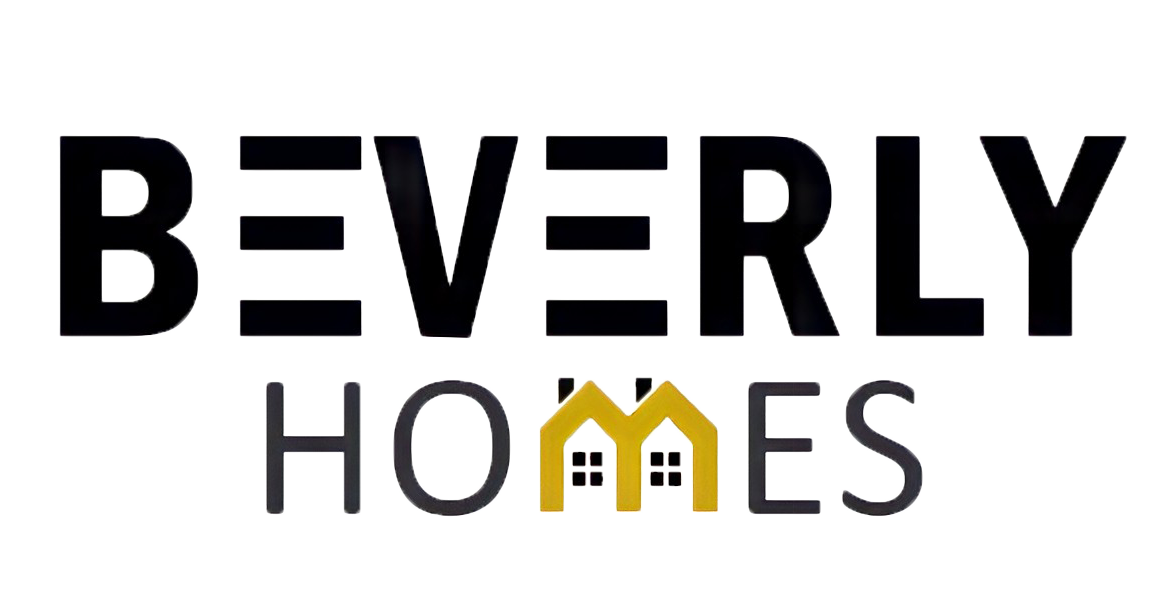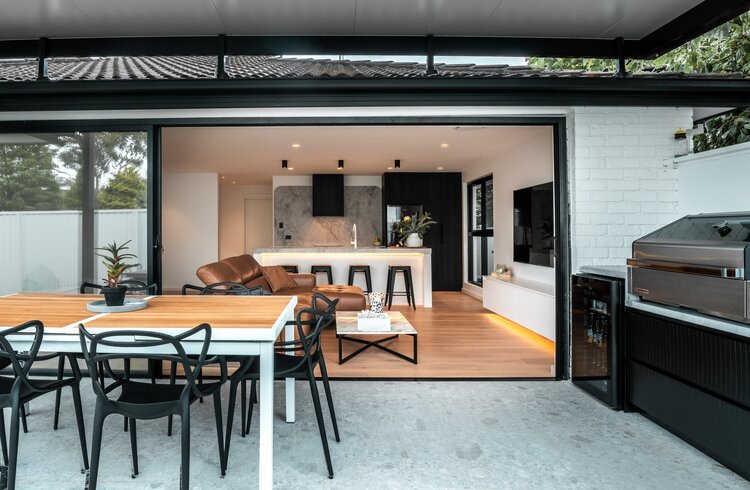How to Design a Custom Home
Designing Your Dream Home: A Guide to Custom Home Design
Building a home is one of the most significant investments you’ll ever make. It’s not just about constructing walls and roofs; it’s about creating a space that truly reflects who you are and how you live. In this guide, we’ll walk you through the process of designing a custom home that fits your lifestyle perfectly.
Understanding Your Lifestyle
Before you can start designing your dream home, you need to have a clear understanding of your lifestyle and what you need from your living space. Take some time to assess your daily routines, hobbies, and preferences. Do you love to entertain guests, or do you prefer quiet nights at home? Are you an avid cook who needs a gourmet kitchen, or do you prioritize outdoor living space for gardening and relaxation?
Setting Your Budget
Once you have a sense of your lifestyle needs, it’s essential to establish a realistic budget for your project. Consider factors such as land costs, construction materials, and labor fees. Be sure to leave some wiggle room for unexpected expenses and design upgrades.
Choosing the Right Location
The location of your home can have a significant impact on your quality of life. Consider factors such as proximity to work, schools, and amenities. Think about the type of neighborhood that would best suit your lifestyle, whether it’s a bustling urban area or a quiet suburban enclave.
Working with a Design Professional
While you may have a clear vision of your dream home, bringing that vision to life requires the expertise of a design professional. Architects and designers can help you translate your ideas into practical, functional floor plans and elevations. Be sure to choose someone who shares your aesthetic sensibilities and understands your unique needs.
Creating Functional Spaces
One of the hallmarks of custom home design is the ability to tailor each space to your specific needs. Whether it’s a home office, a yoga studio, or a media room, think about how you’ll use each room and design accordingly. Consider factors such as layout, storage, and natural light to maximize functionality and comfort.
Incorporating Personal Touches
Your home should be a reflection of your personality and tastes. Don’t be afraid to incorporate personal touches and unique elements that make the space feel distinctly yours. Whether it’s a quirky piece of artwork, a vintage heirloom, or a custom-built feature, these details can add warmth and character to your home.
Prioritizing Sustainability
In today’s world, sustainability is more important than ever. When designing your custom home, consider incorporating eco-friendly design principles such as energy-efficient appliances, renewable materials, and passive heating and cooling strategies. Not only will this reduce your environmental footprint, but it can also save you money on utility bills in the long run.
Ensuring Long-Term Livability
When designing a custom home, it’s essential to think about the future as well as the present. Anticipate how your needs may change over time, whether it’s due to aging, evolving family dynamics, or shifting lifestyle preferences. Designing for flexibility and adaptability can ensure that your home remains comfortable and livable for years to come.
Navigating the Permitting Process
Before you can break ground on your custom home, you’ll need to navigate the permitting process. This involves obtaining approval from local authorities and complying with building codes and regulations. Be sure to work closely with your design professional and contractor to ensure that all necessary permits are secured before construction begins.
Managing the Construction Phase
Once permits are in place, it’s time to start construction on your dream home. Hiring reputable contractors and vendors is crucial to ensuring that the process goes smoothly and that your vision is realized to the highest standards. Be prepared to oversee the construction process closely and address any issues or concerns that arise along the way.
Quality Assurance and Inspections
Throughout the construction phase, it’s essential to conduct regular inspections to maintain quality and safety standards. This may include structural inspections, electrical and plumbing checks, and final walkthroughs. Addressing any issues promptly can help prevent costly delays and ensure that your home is built to last.
Adding Finishing Touches
As construction nears completion, it’s time to start thinking about the finishing touches that will make your house feel like a home. This includes selecting furnishings, décor, and landscaping that complement your design aesthetic and enhance the overall ambiance of your space. Don’t rush this step – take your time to find pieces that truly speak to you and bring your vision to life.
Enjoying Your Dream Home
Finally, it’s time to move into your custom-built paradise and start enjoying all that it has to offer. Take the time to settle in and make the space your own, adding personal touches and creating memories that will last a lifetime. Your custom home is more than just a building – it’s a reflection of who you are and the life you’ve built for yourself.
Conclusion
Designing a custom home is an exciting and rewarding journey that allows you to create a space that truly reflects your lifestyle and personality. By carefully considering your needs, setting a realistic budget, and working with experienced professionals, you can bring your dream home to life and enjoy it for years to come.







